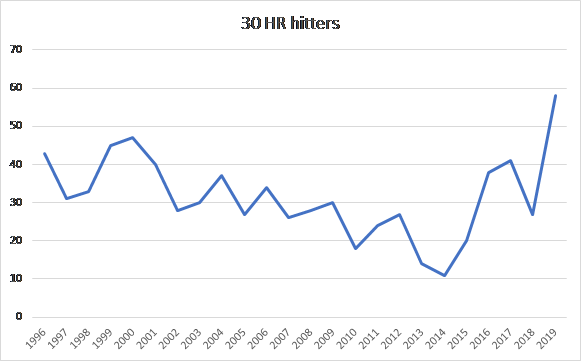MLBTR will be keeping track of all arbitration-related figures, including settlement amounts, team and player submissions, and hearing results in our handy 2020 MLB Arbitration Tracker. The tracker is currently up-to-date for all 191 arbitration eligible players, including numbers for those who have settled on their 2020 salary. You can filter by team, service time, and signing, hearing, and Super Two status. Bookmark the 2020 MLB Arbitration Tracker today!
January 10th marks the deadline for players and teams to exchange salary figures. As ESPN’s Jeff Passan noted last January, all 30 teams now employ the “file-and-trial” approach to arbitration, meaning that if they don’t reach an agreement by the January 10th filing date, they’ll automatically go to a hearing no matter the difference. In the potentially contentious arbitration hearings, of which there were 10 last winter, a “panel of three independent arbitrators renders a winner-take-all decision,” as Passan put it. The player is in the room for the arguments, and the teams’ hardline stance means the battle can be over as little as $100K. Hearings run throughout the first three weeks of February.
Also of note: MLB Trade Rumors’ world-class arbitration salary projections, which Matt Swartz has been doing for us for the past nine years. You can check out the 2020 projections here.


